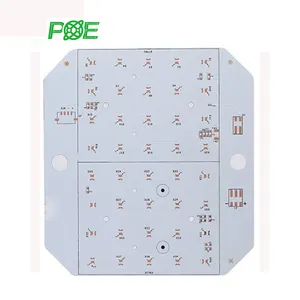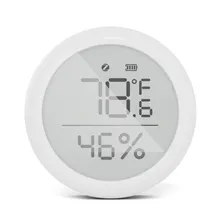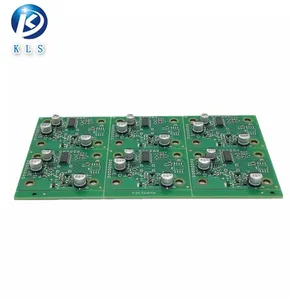Introduction to Blank Aluminium PCBs
Aluminium PCBs, or Printed Circuit Boards, are a crucial component in modern electronics, providing a stable and conductive foundation for electronic components. The term blank aluminium pcb refers to unpopulated boards that have not yet been fitted with electronic components. These boards are essential for businesses looking to customize circuitry for various applications.
Types and Applications
There are several types of aluminium PCBs, each suited to different applications. The versatility of these PCBs allows them to be used in LED lighting, power equipment, and automotive systems, among others. Their ability to dissipate heat efficiently makes them ideal for high-power devices.
Features and Materials
Aluminium core PCBs are known for their thermal management properties. The core typically consists of an aluminium alloy, providing a unique combination of thermal conductivity and electrical insulation. The construction of a single-sided aluminium PCB involves a non-conductive layer, an aluminium core, and a copper circuit layer.
Advantages of Aluminium PCBs
The use of aluminium in PCBs offers several advantages. These include enhanced durability, improved heat dissipation, and a longer lifespan for the end products. Aluminium is also lightweight, which is beneficial for modern, portable electronics.
Environmental Considerations
Sustainability is a growing concern in electronics manufacturing. Aluminium-based PCBs are recyclable, aligning with eco-friendly business practices. Their durability also means a reduction in waste, as products have a longer operational life.
Choosing the Right Supplier
Selecting a reputable supplier for aluminium PCBs is crucial. While Alibaba.com hosts a multitude of suppliers, it is important for buyers to assess the quality and reliability of the products offered. Factors such as material grade, manufacturing precision, and compliance with industry standards should be considered.










































 浙公网安备 33010002000092号
浙公网安备 33010002000092号 浙B2-20120091-4
浙B2-20120091-4